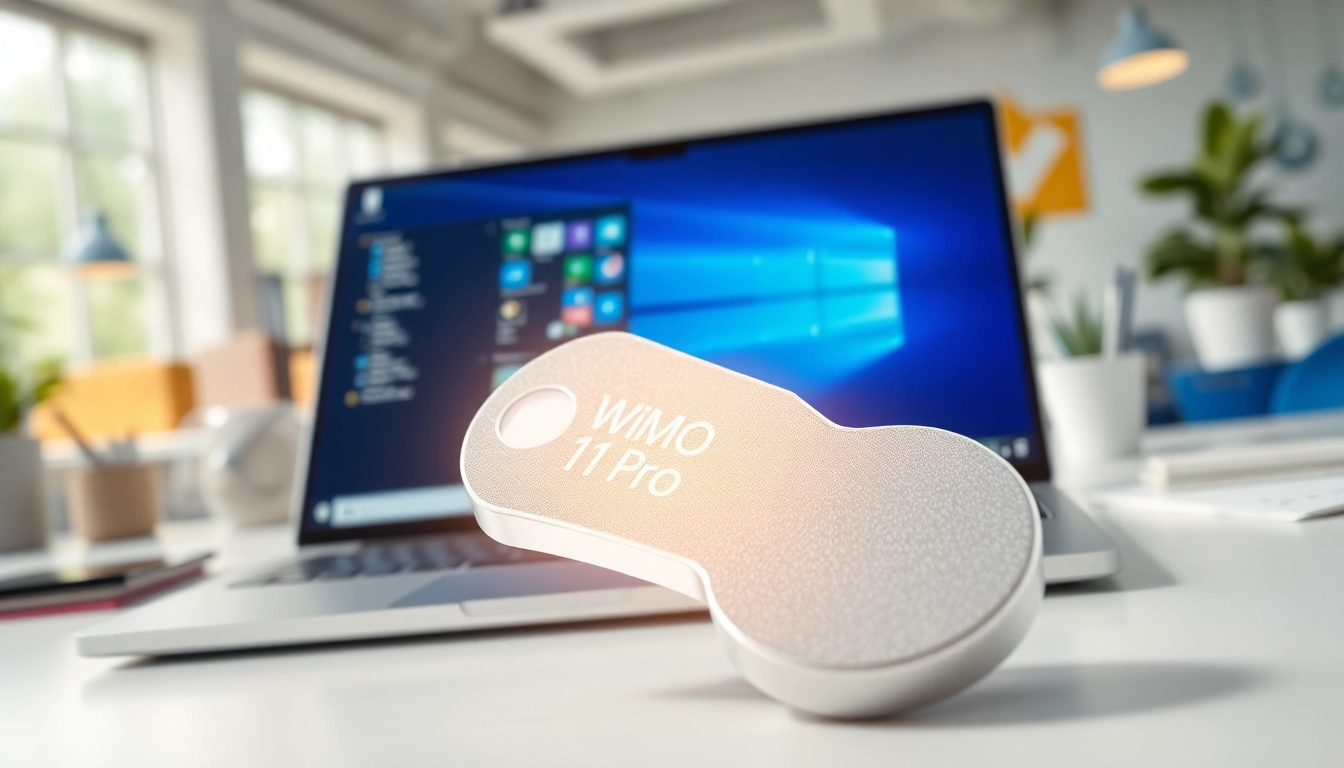Introduction to dma firmware
In the evolving landscape of technology, dma firmware plays a pivotal role in ensuring the seamless operation of devices. Understanding its foundation and significance is essential for developers, engineers, and technology enthusiasts alike.
What is dma firmware?
DMA firmware, or Direct Memory Access firmware, refers to a specialized type of software that facilitates efficient data transfer between the memory and peripherals of a computer or embedded device without requiring CPU intervention. This capability is crucial for enhancing performance and responsiveness in systems where rapid data processing is required. By offloading the data transfer workload from the CPU, dma firmware enhances overall system efficiency, allowing the processor to focus on executing other critical tasks.
Key features of dma firmware
- Automatic Data Transfer: DMA allows peripherals to communicate directly with system memory, significantly reducing the workload on the CPU.
- Increased Speed: By transferring data concurrently with CPU operations, dma firmware can speed up computations and data processing.
- Efficient Resource Utilization: DMA minimizes the need for CPU interrupts, leading to better utilization of processing resources.
- Multi-Channel Support: Modern dma firmware supports multiple channels, allowing simultaneous data transfers for improved throughput.
- Buffer Management: Effective management of data buffers ensures minimal latency and maximizes throughput during read and write operations.
Importance in modern technology
The importance of dma firmware in modern technology cannot be overstated. In areas such as multimedia processing, networking, and real-time data acquisition, efficient data management is critical. For instance, in audio and video streaming applications, where real-time performance is required, dma firmware significantly reduces latency. Similarly, in embedded systems used in automotive and industrial applications, it enhances reliability and performance by facilitating rapid data transfer between sensors and processors, often under tight constraints.
Common Challenges with dma firmware
Identifying common issues
While dma firmware offers numerous advantages, challenges can arise, affecting performance and reliability. Identifying and addressing these issues is crucial for maintaining optimal system performance.
- Configuration Errors: Incorrectly configured dma settings can lead to data transfer failures or crashes.
- Compatibility Problems: Upgrading devices or integrating new peripherals can expose incompatibilities in existing dma firmware.
- Buffer Overflows: If not properly managed, data buffers can overflow, resulting in lost or corrupted data.
- Latency Issues: While dma aims to reduce latency, misconfigurations or network congestion can counteract these benefits.
Effective troubleshooting techniques
When issues with dma firmware arise, effective troubleshooting is essential for resolution:
- Verifying Configuration: Ensure that the dma controller and its settings are correctly configured.
- Monitoring Performance: Utilize diagnostic tools to monitor data transfer rates and interruptions.
- Checking Compatibility: Confirm that all hardware components are compatible with the existing dma firmware version.
- Conducting Stress Tests: Perform stress tests to evaluate the system’s capability under heavy loads.
Understanding performance bottlenecks
Performance bottlenecks can significantly hinder the efficacy of dma firmware. These bottlenecks can stem from various sources:
- Insufficient Bandwidth: Limited bandwidth can slow down the data transfer rates, negating dma’s advantages.
- Hardware Limitations: Older hardware may not support the latest features of dma firmware, causing restricted performance.
- Overhead from CPU: If the CPU is overloaded with tasks, it may slow down interactions with the dma, leading to delays.
- Latency in Peripheral Communication: Delays in communication with peripherals can introduce lag in overall performance.
Best Practices for Working with dma firmware
Updating and maintaining dma firmware
Regular maintenance and updating of dma firmware are essential to leverage improvements and new capabilities:
- Scheduled Updates: Implement a schedule for firmware updates to ensure that all devices are running the latest stable version.
- Change Logs: Keep detailed records of changes made during updates to assist in troubleshooting future issues.
- Compatibility Checks: Always check for compatibility with existing hardware before applying firmware updates.
- Backup Procedures: Develop a standard protocol for backing up current firmware before deploying updates to mitigate risks.
Testing and validation processes
Thorough testing of dma firmware is vital to ensure reliability and performance:
- Unit Testing: Test individual components of the dma firmware to ensure each part operates correctly.
- Integration Testing: Assess how the dma firmware integrates with other system components to validate overall functionality.
- Real-world Simulations: Conduct tests that simulate real-world conditions to gauge performance under a variety of scenarios.
Documentation and version control
Good documentation practices and version control can alleviate many problems associated with dma firmware:
- Detailed Documentation: Maintain comprehensive documentation covering configuration, features, and known issues of the dma firmware.
- Version Control Systems: Leverage systems like Git for version control to track changes in the firmware’s codebase.
- Regular Reviews: Periodically review documentation and update it in accordance with firmware revisions and user feedback.
Real-world Applications of dma firmware
Industry use cases
The utilization of dma firmware transcends various industries, exhibiting its versatility:
- Telecommunications: In networking equipment, dma firmware is used to manage high-speed data transmission effectively.
- Consumer Electronics: Devices like digital cameras and gaming consoles utilize dma firmware for rapid image processing and data handling.
- Automotive Systems: Advanced driver-assistance systems (ADAS) use dma firmware for real-time sensor data processing and control.
- Industrial Automation: Factories leverage dma firmware to optimize machine control and data collection processes.
Impact on device performance
The incorporation of dma firmware can significantly influence device performance and user experience:
- Improved Data Processing Times: Devices with optimized dma firmware experience quicker response times during data transactions.
- Reduced CPU Load: By handling data transfers directly, dma firmware allows the CPU to allocate resources to more critical tasks.
- Enhanced Multi-tasking: Systems can perform multiple operations concurrently without performance degradation, thanks to dma firmware’s inherent efficiency.
Future trends in dma firmware technology
The landscape of dma firmware is continually advancing, with several trends on the horizon:
- AI Integration: Future dma firmware may incorporate artificial intelligence for adaptive optimization based on usage patterns.
- Increased Data Security: Enhancements in security measures will be crucial as devices become increasingly interconnected.
- Support for New Protocols: Compatibility with emerging communication protocols will facilitate better performance across diverse environments.
Measuring Success with dma firmware
Key performance indicators
To assess the efficacy of dma firmware, identifying key performance indicators (KPIs) is essential:
- Data Transfer Rates: Monitor the speed of data transfers to ensure they meet required standards.
- CPU Utilization: Measure CPU usage during data transfer operations to evaluate the impact of dma firmware.
- Error Rates: Track the frequency of data transfer errors to identify potential issues with the firmware or configuration.
- Latency Measurements: Assess the latency introduced in data processing to ensure minimal delays occur.
Feedback and user experience metrics
Gathering user feedback and understanding user experience is critical to refining dma firmware:
- User Satisfaction Surveys: Conduct surveys to assess user satisfaction with device performance and responsiveness.
- Performance Benchmarking: Benchmark against industry standards to evaluate the effectiveness of your dma firmware implementation.
- Community Engagement: Engage with user communities to gather insights and share experiences related to dma firmware.
Continuous improvement strategies
Establishing strategies for continuous improvement is vital for maintaining a competitive edge:
- Iterative Development: Adopt an iterative approach to firmware development, allowing for frequent updates and optimizations.
- User-Centric Design: Incorporate user feedback into the development process to enhance the overall user experience.
- Research and Development: Invest in R&D to stay ahead of emerging trends and technologies in the dma firmware landscape.



